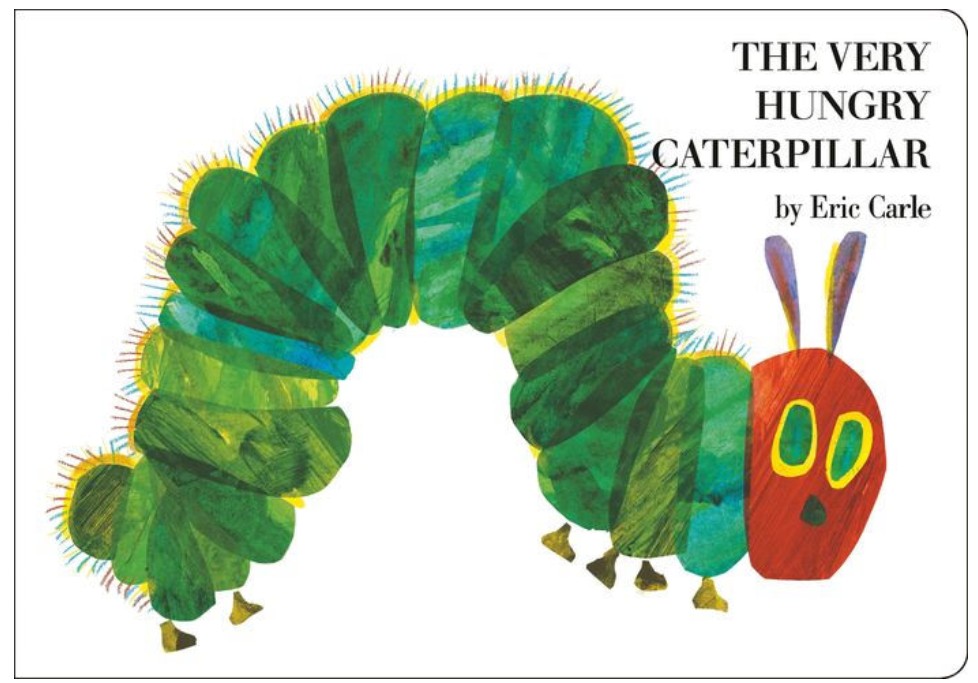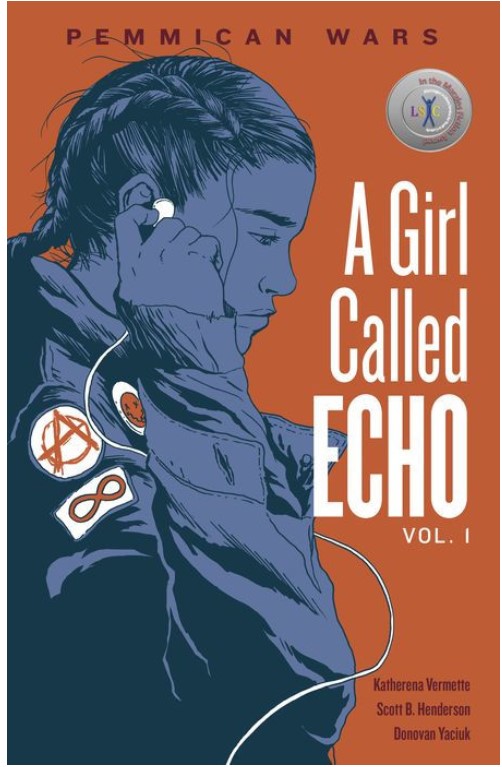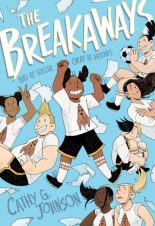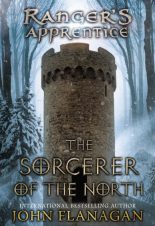Pemmican Wars
A Girl Called Echo #1
by Katherena Vermette
Graphic Novel
12+
Score
4.2
48
Echo Desjardins, a 13-year-old Métis girl adjusting to a new home and school, is struggling with loneliness while separated from her mother. Then, an ordinary day in Mr. Bee’s history class turns extraordinary, and Echo’s life will never be the same. During Mr. Bee’s lecture, Echo finds herself transported to another time and place—a bison hunt on the Saskatchewan prairie—then she finds herself back in the present. In the following weeks, Echo continues to slip back and forth in time. She visits a Métis camp, travels the old fur-trade routes, and experiences the perilous and bygone era of the Pemmican Wars.
Echo knows little about the Métis, the First Nations tribe from which she is descended. Even though Echo’s “grandpa was very proud to be Métis,” neither Echo nor her mother know much about their heritage. However, at the end of the book, Echo teaches her mother what she learned at school.
Readers will have to rely on visual cues to understand Echo’s life because the graphic novel uses few words. In fact, Echo only has 20 lines of dialogue, and many are one-word responses. Despite this, Echo’s isolation is clear. Throughout the school day, Echo doesn’t interact with other students and tunes out the world by listening to music. When she goes home, there is little interaction with her foster mother or the other residents. Instead, Echo hides in her room. When Echo visits her mom, the two are not comfortable with each other, which adds to the feeling of isolation.
When Echo enters the past, a young Métis takes her into the camp. Here, Echo learns about her people and watches a battle between the Métis and white settlers. In the current time, Echo’s history teacher, Mr. Bee encourages Echo to learn more about Métis history. Mr. Bee says, “The Métis have many things to be proud of. . . You’re not any less Métis because you don’t know your history.”
Since most of the story is told through illustrations, the story lacks development. For example, Echo lives in a foster home. However, it’s unclear why Echo doesn’t live with her mother. Despite the lack of character development, the book teaches about the Pemmican Wars and explains how the Northwest Company and the Hudson Bay Company fought for dominance in the fur trade. During this time, the Métis’s land was taken over by white settlers, who demanded the Métis not sell pemmican or use horses to hunt buffalo.
Including more historical information would help readers understand the significance of the Pemmican Wars. However, the book does include a timeline of the Pemmican Wars, a Pemmican recipe, and a poem about the wars. While the book doesn’t go in-depth, it shows the harmful effects of colonization, which are still felt by the Métis today.
Sexual Content
- None
Violence
- A battle between the Métis and white settlers is depicted over two pages. One illustration shows the Métis shooting at the white settlers. In the image, one man is in mid-fall with blood splatter around him while a Métis warrior, who has been shot in the chest, is being carried to safety.
Drugs and Alcohol
- None
Language
- None
Supernatural
- None
Spiritual Content
- None
Latest Reviews

Medusa

Simone Biles Vs. Nadia Comaneci: Who Would Win?

A Manatee Calf Grows Up
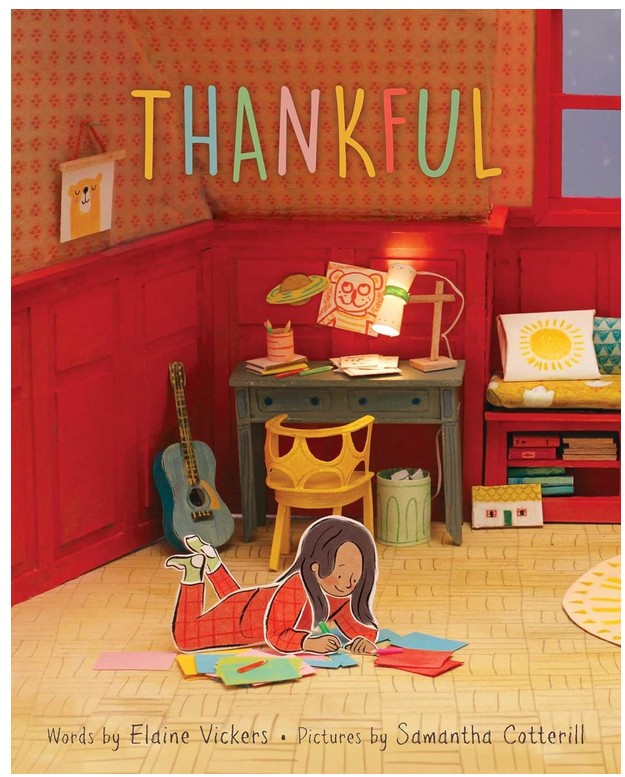
Thankful
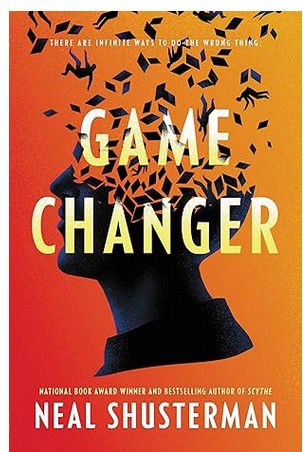
Game Changer
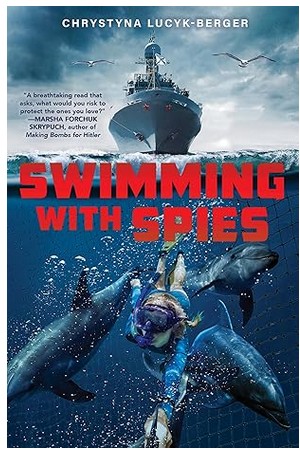
Swimming with Spies
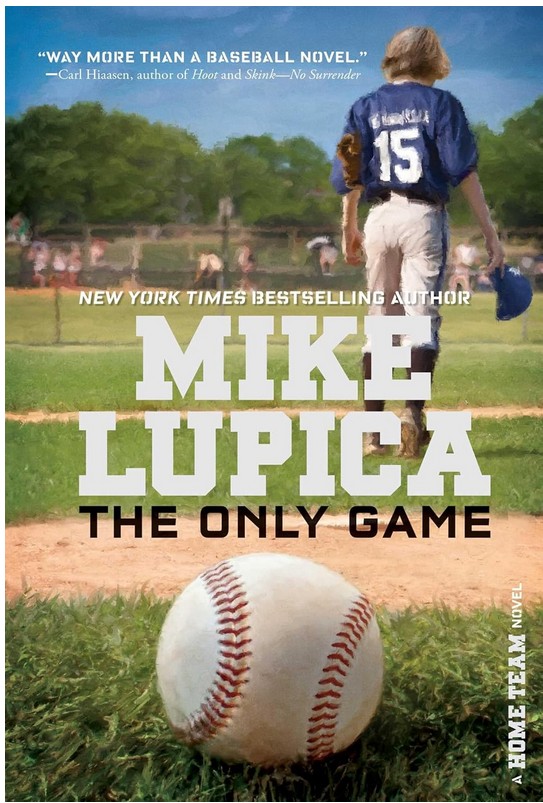
The Only Game
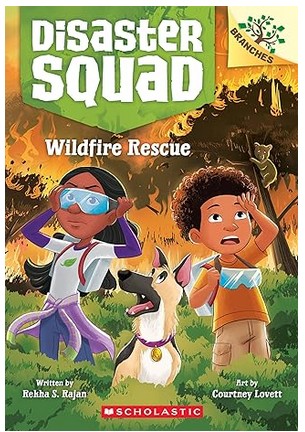
Wildfire Rescue
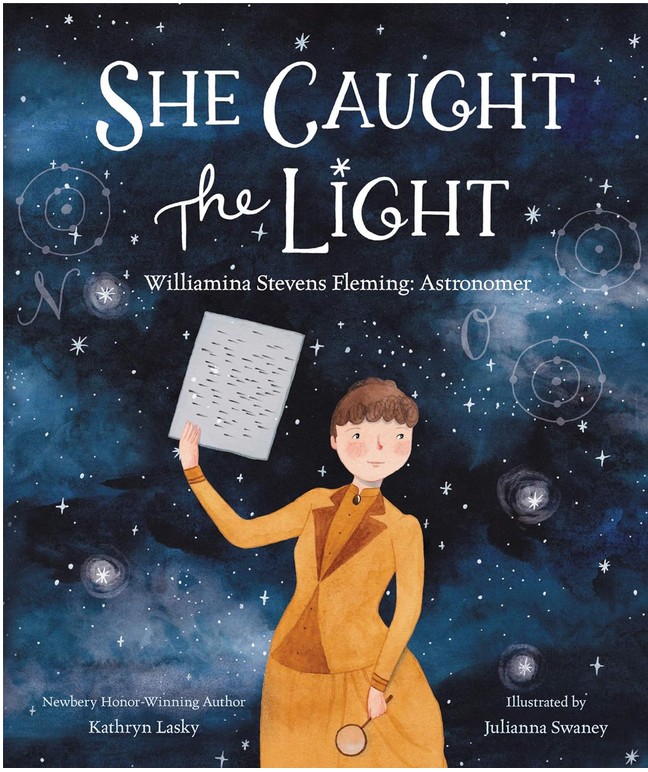
She Caught the Light: Williamina Stevens Fleming: Astronomer
